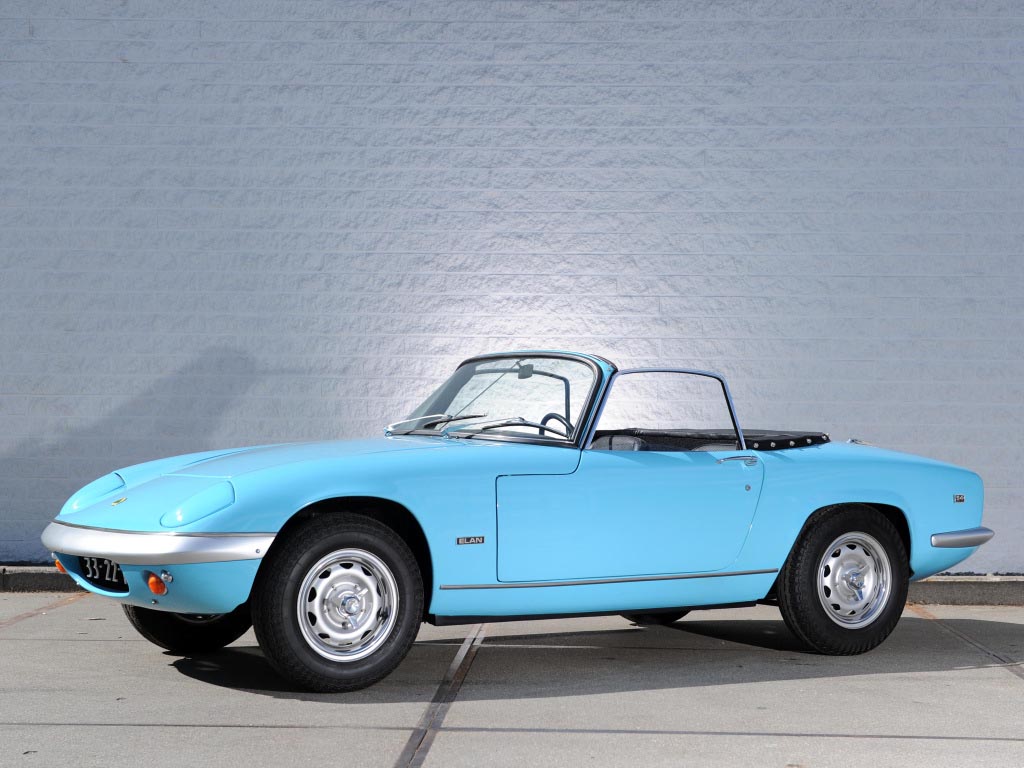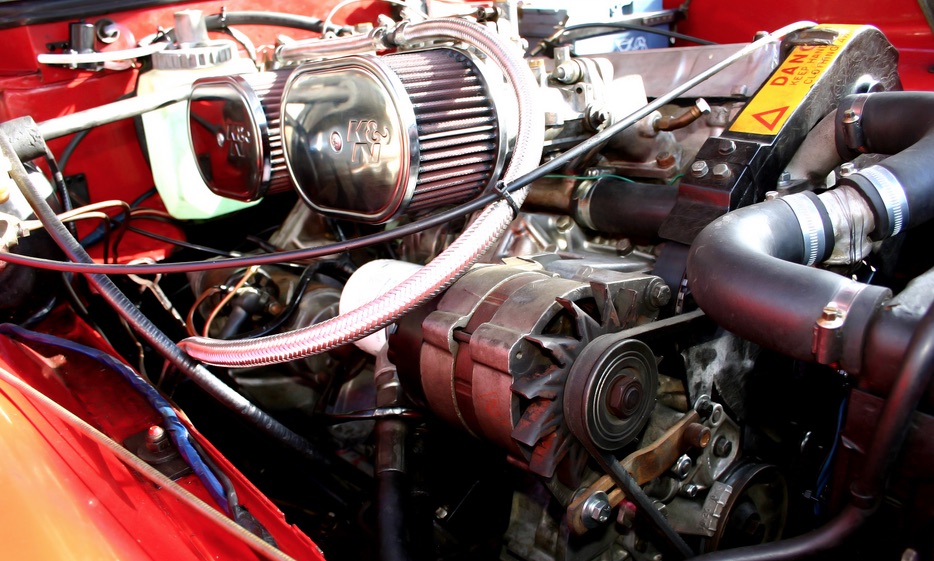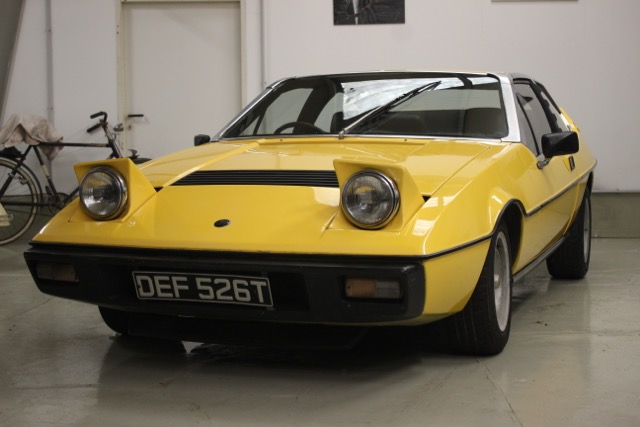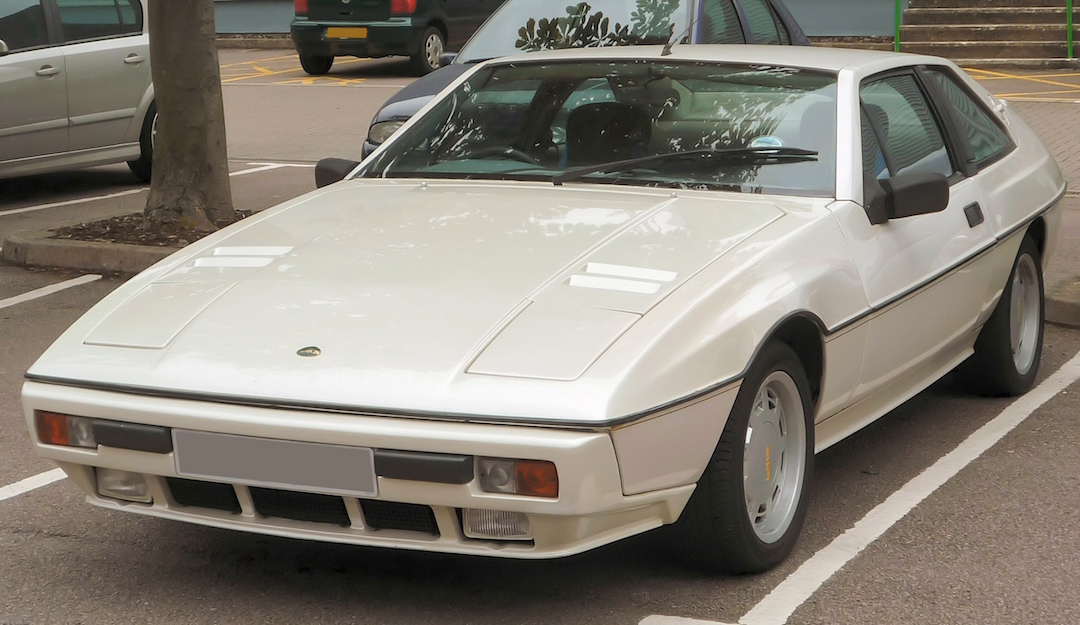"[caption id="attachment_29882" align="aligncenter" width="1000"] Strangely Citroen-like in side view[/caption] It never ceases to amaze us. Giugiaro penned some incredibly cool cars. And many of them we STILL have never heard of, even after years of obsessing about "

Lotus’s forgotten wedges
Kings of the wedge
Pop quiz: you have three seconds to name a wedge-shaped Lotus. Go!
Okay, hands up who answered ‘Esprit’? Blimey, that’ll be all of you, then. Well, it is the obvious answer, isn’t it? But it wasn’t the first wedge-shaped Lotus. Nor even the second. Which leads nicely to another pop quiz: name the first wedge-shaped production Lotus.
Struggling with that one? No problem. Just read on and all will be revealed.
Perhaps unsurprisingly, the project that led to Lotus adopting the wedge as a styling motif started in the 1960s. The decade that brought sweeping change to music, culture and even the very fabric of society saw Lotus evolve from a small company with aspirations to a by-word for performance on both road and track.
This remarkable change in fortune owed everything to Lotus founder Colin Chapman’s restless mind; to Chapman, standing still was tantamount to going backwards. So having redefined the small sports car with the brilliant Elan and Europa, Chapman began to eye a move towards the upper echelons of the performance car market.

Accordingly, a specification for a four-seat executive sports car that could hit 125 mph, reach 60mph from rest in under 10 seconds and tip the scales at under 1900 pounds was drawn up in late 1967.
The man initially tasked with drawing the car that would meet that specification was John Frayling, a talented stylist whose portfolio included two iconic Lolas, the Mk6 GT (on which the Ford GT40 was based) and the T70 Mk1. Frayling duly turned in a design proposal, the front end of which bore a close familial relationship to the Elan, but Lotus took the decision to start the project afresh with a different stylist, ex-Jaguar man Oliver Winterbottom.
Having joined Lotus in January, 1971, Winterbottom set about his task with gusto. Before March was out, he had not only penned a crisp, sharp, thoroughly modern shooting brake but had also presented a one-quarter scale model of it to the Lotus board, who approved it for further development with some detail revisions (as was Chapman’s wont) and subject to the proviso that it passed muster in the wind tunnel. It duly did so, and a full-size model was completed before the end of the summer.
Chapman, meantime, designed the basic engineering layout of the new car. It was typical Lotus: backbone chassis, independent suspension all round, inboard rear brakes and rack and pinion steering. As for motive power, that would come from a new, Lotus-developed engine of larger capacity than the small Ford and Renault power units used by the Elan and Europa.

That engine was the type 907: an all-alloy 2.0 litre, four cylinder DOHC unit with four valves per cylinder. Over the next three decades, it would be stretched to 2.2 litres, acquire fuel injection and a turbocharger and ultimately produce more than double its initial peak power output of 140bhp. But in 1972 it was an engine without a car ready to take it, so Lotus was happy to ink a deal with Jensen Motors to supply the 907 for use in their new Jensen Healey roadster, thereby bringing in some useful extra cash to the perennially cash-strapped company.
Two years would pass before the 907 took the road in a production Lotus, but after a series of delays the new four-seat Lotus was finally launched in May, 1974. And now it had a name: Elite. Visually almost identical to Winterbottom’s 1971 model, the Elite’s bold, wedge-shaped styling was generally well received. Initially, two models were available – the 501, which did without air conditioning, and the 502, which offered it as standard. The range later expanded to include the 503 model, which had PAS as standard, and an automatic version, the 504. All variants were equipped with the same dual twin-choke carburettor-fed 907 engine delivering a power output of 160bhp and 140 lb/ft of torque.
Although the Elite met Lotus’s 1967 specification in terms of space and performance, it was heavier than expected of a Lotus (although at 2430 pounds it was far from lardy) and, with prices starting at around £5500, carried the somewhat dubious distinction of being the world’s most expensive production four-cylinder car. Still, with the world in the grip of an energy crisis, the Elite’s claimed fuel efficiency promised to more than compensate for its relative lack of cylinders and engine capacity.

Unfortunately, that wasn’t immediately evident from the first road tests of the Elite. When Car magazine tested an Elite 502 shortly after launch, they gave its performance and fuel economy something of a panning. Although the headline performance figures (125mph and 0-60mph in 8.3 seconds) were respectable by the standards of the day, high gearing and a lack of low-end and mid-range torque combined to mar the driving experience in real-world conditions. Respectable performance could be obtained only by driving in a lower than normal gear, thereby keeping the revs up. This, however, came with a penalty in terms of both noise and fuel economy. Indeed, the Elite tested by Car delivered poorer fuel consumption figures than the 2.7 litre Porsche 911 that formed part of the same road test group.
On the plus side, the Elite’s packaging, ride and handling all drew praise from Car’s notoriously hard to please test team. Even so, the overall impression was one of disappointment.
Lotus’s response was to fit Elites not destined for the US market with a lower final drive ratio. Coupled with some revisions to the cylinder head aimed at improving low-end torque, this not only improved the Elite’s driving characteristics but also had a beneficial effect on its performance and fuel economy, as Car happily attested in a 1975 road test report.

1975 also saw the launch of the Elite’s coupé sister, the Eclat. Mechanically identical to the Elite, the Eclat was visually indistinguishable from its sibling up to the B pillar, after which its roofline sloped down in typical fastback style. The resulting loss of rear headroom was balanced by a weight saving of 140 pounds. In theory, therefore, the Eclat should have been both quicker and more economical than the more expensive Elite (the Eclat was several hundred pounds cheaper), but Lotus’s decision to use the same (higher) final drive as in the first batch of Elites meant that it was no faster than its sibling albeit it was slightly more economical. Ultimately, the Eclat range would stretch to five models, from the base model 520, with a four-speed gearbox and steel wheels, to the automatic 524.

Over the next few years, both model ranges were given regular, but minor, updates in all but one department: price. For there was nothing minor about the periodic revisions to the asking prices. Indeed, by 1978, the on the road price of an Elite 501 had jumped to a whisker under £10,000. Such dramatic increases may seem extraordinary today, but they were very much par for the course in the inflationary 1970s.
In 1980, the Elite and Eclat ranges received a major shake-up, with the 2.2 litre type 912 engine replacing its 2.0 litre predecessor. Power remained unchanged at 160bhp but there was a useful increase in torque, up from 140 lb/ft to 160 lb/ft. An even more significant change was to be found underneath, with a galvanised chassis replacing the rot-prone mild steel original. And that wasn’t all: there was a new Getrag gearbox, new rear lights and the model ranges were rationalised. Henceforth, there would be a single model in each range albeit one with an extensive options list. The prices changed, too, with the slightly more expensive Elite now commanding an asking price of over £17,000.
Notwithstanding these improvements, sales of both models (and those of the Esprit) plummeted in 1980. And worse was to come, with only 13 Elites and 31 Eclats rolling off the Hethel production lines in 1981, a year that saw the introduction of an attractive special edition model, the Riviera. Mechanically identical to the standard car, the Riviera had a lift-out glass sunroof, bonnet vents and, on the Eclat, a small bootlid-mounted spoiler. Indeed, it was in this form that the Eclat made a brief but memorable appearance in the 1982 film Who Dares Wins.
By now, though, the writing was on the wall for both the Elite and, at least in its original guise, the Eclat. In an effort to revive his company’s flagging fortunes, Colin Chapman entered into a deal with Toyota in 1982, in terms of which Lotus would carry out development work for the Japanese giant in exchange for access to their parts bin.

The first fruits of this alliance were seen in 1982, with the launch of the Eclat Excel – essentially a restyled, more aerodynamic Eclat incorporating a number of Toyota components, including its gearbox, differential and brake discs. The rear suspension layout was also changed (to mirror that of the Esprit) and interior changes resulted in improved rear headroom. The price changed too, with the Eclat Excel undercutting its predecessor by more than £1000. But whilst the Eclat benefited from these changes, the Elite quietly disappeared from the Lotus range.
The Eclat name lingered a little while longer before it too vanished. Henceforth Lotus’s sole remaining four-seater would be known simply as the Excel. Sales picked up for a time on the back of good reviews in the motoring press, a facelift in 1985 that saw in a raft of interior and exterior changes and the introduction in 1986 of the 180bhp Excel SE.

But as the 1990s dawned, the world slipped into economic recession. Lotus was hard hit and sales slumped; plans were abandoned and workers laid off. The company had originally intended to replace the Excel with a coupé version of the Elan M100, but it too was a victim of the recession. In 1991, with Excel production barely exceeding an average of one car a week, the end of the road was in sight. It came the following year when Lotus ceased production of both the Excel and the Elan M100, leaving the Esprit to soldier on as the company’s sole offering.
Today, the Elite, Eclat and Excel exist in the twilight world that’s the province of fine cars which have somehow slipped underneath the radar of all but the most ardent petrolheads. They will probably never find the place in the automotive sun that they merit but, with values lagging far behind the Esprit, Lotus’s forgotten wedges represent a great chance for the enlightened to own a Chapman-era Lotus that’s more than worthy of the badge it wears.
Production numbers:
Elite: 2535
Eclat/Eclat Excel: 2351
Excel: 1327
Image credits: David Milloy, DeFacto, Butlers280766, Dieter Steinpruckne – www.Retrowerk.at, Alf van Beem
CLICK TO ENLARGE











